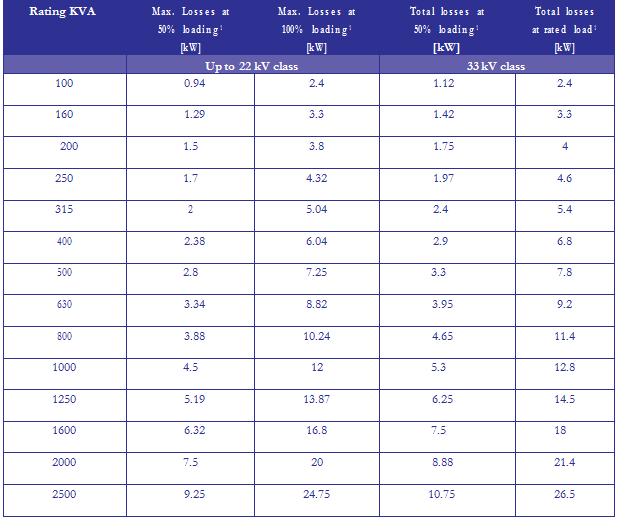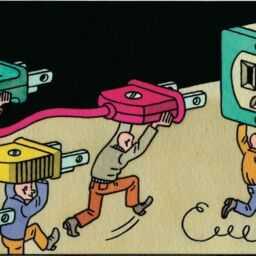
Aiming to stop wasteful use of energy and bridge the power demand-supply gap, the Government of India enacted the Energy Conservation Act(EC Act) and established Bureau of Energy Efficiency under Ministry of Power. One of the important provisions of the EC Act relates to the enforcement of Energy Conservation Building Codes for efficient use of energy and its conservation in the buildings or building complexes.
As defined in the EC Act, Energy Conservation Building Codes(E.C.B.C) means the norms and standards of energy consumption expressed in terms of per square metre of the area where the energy is used and includes the location of the building.
The EC Act mandates the E.C.B.C for buildings with a connected load of 500 KW or contract demand of 600×1000 VA and above and are intended to be used for the commercial purposes and are constructed after the rules relating to E.C.B.C have been notified by the States Governments under section 15 (a).
Features of E.C.B.C
The E.C.B.C will set minimum energy efficiency standards for design and construction of a non-residential building. Energy performance standards for the following building systems are included in the E.C.B.C
• Building Envelope.
• Lighting.
• Heating Ventilation and Air Conditioning.
• Service Water Heating.
• Electric Power and Distribution.
However, the broad requirements of the Code with respect to the building envelope are the same for new buildings as well as for extensions and modifications.
All over the world, E.C.B.Cs have a proven track record of significantly reducing energy use in buildings in a cost effective manner. The E.C.B.C benefit both individual building owners and the people and government at large. Benefit to property owners include reduced energy costs and improved comfort (both thermal and visual). The benefits to society include the following:
• Reduced capital investments in energy supply infrastructure.
• Reduced environmental impacts.
• Improved electricity reliability.
• More efficient use of resource (It is cheaper to save energy than it is to build new power plants).
It is estimated that buildings that are E.C.B.C compliant have a potential of savings to the tune of about 30%-35%.
Road Map to make E.C.B.C Mandatory
Given the fact that the capacity in the country required to effectively implement this code is inadequate, the implementation of the codes will be on voluntary basis initially. Incentives to promote its use in the voluntary phase will be provided. Only when there is sufficient availability of both technical expertise and complaint material, will the codes be made mandatory. The Government will launch an effective awareness campaign to promote E.C.B.C all over the country.
Compliance Requirements
All the buildings or building complexes with a connected load of 500 kW or greater or a contract demand of 600×1000 VA or greater* have to comply with the Code. Buildings with 1,000 m2 or more of conditioned area are likely to fall under the above load conditions. The following sections which deal with mandatory and prescriptive requirements of new and existing buildings are related to this specified threshold area. It is important to mention here that these mandatory and prescriptive requirements are applicable only where the building has a connected load of 500 kW or more or contract demand of 600×1000 VA or more..
The Code is presently under voluntary adoption in the country.
This Code would become mandatory as and when it is notified by the Central and State government in the official Gazette under clause (p) of §14 or clause (a) of §15 of the Energy Conservation Act 2001 (52 of 2001)
As per the Code:
Power transformers of the proper ratings and design must be selected to satisfy the minimum acceptable efficiency at 50% and full load rating. In addition, the transformer must be selected such that it minimizes the total of its initial cost in addition to the present value of the cost of its total lost energy while serving its estimated loads during its respective life span.
E.C.B.C lists various transformer sizes of dry-type and oil-filled transformers and their associated losses at 50% and full load rating.
CALCULATIONS DEPICTING THE PAYBACK PERIOD:
Return On Investment (ROI) for Transformer Of 1500×1000 VA with 100% Loading.
DESCRIPTION——————————————NORMAL/E.C.B.C
Total Losses(In KW)———————————–19.11/14.143
Difference of Losses(In KW)—————————4.967
Hours in a Day——————————————-24
No.of Days————————————————365
Rate Per Unit———————————————7.5
Savings Per Year(In Rs.)——————————-326331.9
Cost of Equipment(In Rs.)—————————–865000/1350000
Difference in Prices————————————–485000
Return on Investment———————————–1.49
Return on Investment (In Months)——————-18 Months Approx.
From above it can be concluded that we can approx. Rs. 3.25Lac on our electricity bill and additional cost price paid by us shall be returnable after 18 Months, this is will be a huge saving on the electricity bills.
AUTOPOST by BEDEWY VISIT GAHZLY


